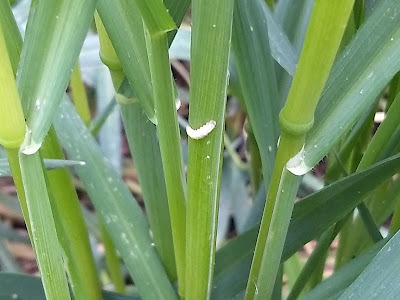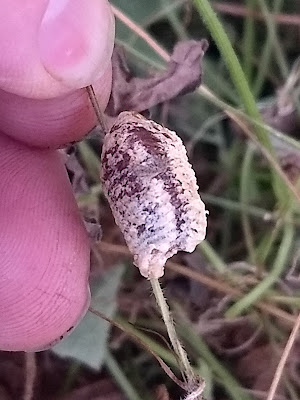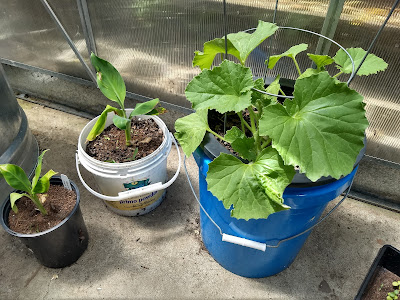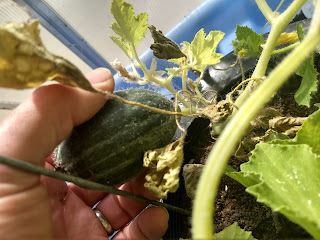Part of the reason why I enjoy gardening so much is that I get to see so many beneficial insects. One that is rarely identified correctly is the Syrphid fly larvae. These look very similar to other caterpillars, but tend to be much more triangular in shape and look much more like a maggot then a caterpillar. Additionally, they tend to congregate around aphids. All of these factors help to indicate that this caterpillar is indeed beneficial for the gardener. Syrphid flies are also called “hover flies” because they hover around the garden. While they may occasionally look like a fly, the majority of the time they have markings very similar to a bee or wasp.
One really neat beneficial insect is the aphidius colemani. While the gardener may not always notice the actual wasp, the effects of the wasp are quite visible when looking at a group of aphids. The infected aphids turn into round brownish gold host “mummies” for a wasp that is growing inside of the aphid and will hatch out as a new wasp.



















































